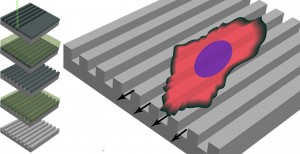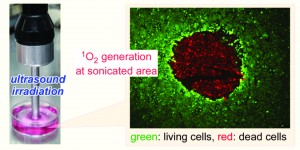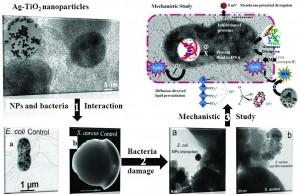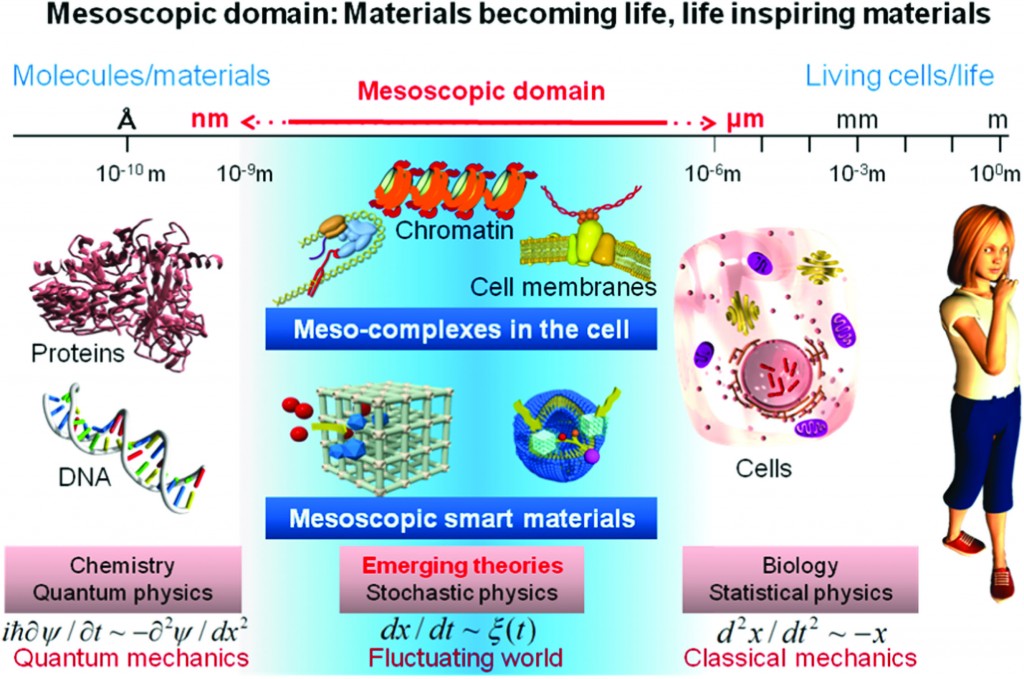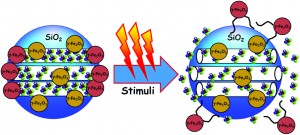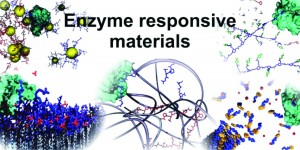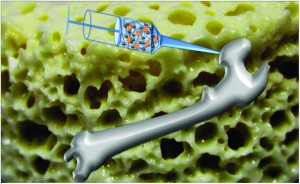Now that we have published our first few articles, I thought this might be a good time to tell you a little more about the Institute for Integrated Cell-Material Sciences (WPI-iCeMS). Biomaterials Science is a collaborative venture between RSC Publishing and the iCeMS, which is based at Kyoto University, Japan.
The iCeMS is part of the Japanese government’s World Premier International Research Center (WPI) Initiative, launched in 2007 to forge a new model for scientific institutions, helping Japan lead the world in a broad range of leading-edge research. By merging materials science and cell biology, both fields of great strength at Kyoto University, the iCeMS is creating a new cross-discipline, supported by an advanced research environment and infrastructure that are unprecedented in Japan. The institute’s focus is on two main areas: stem cell science & technology and mesoscopic science & technology. The institute’s work draws from the life sciences, chemistry, materials science, as well as physics, constantly expanding the boundaries of technological innovation.
To find out more visit: www.icems.kyoto-u.ac.jp or www.facebook.com/Kyoto.Univ.iCeMS.
Biomaterials Science is now accepting submissions. All articles will be free to access until the end of 2014. Please contact the editorial office if you have any questions about the journal.
Don’t forget you can Like us on Facebook or Follow us on Twitter to keep up with the latest news.
If you want to find out about the first articles once they’re published online why not sign up for the Biomaterials Science RSS feed or Table of Contents alert.













